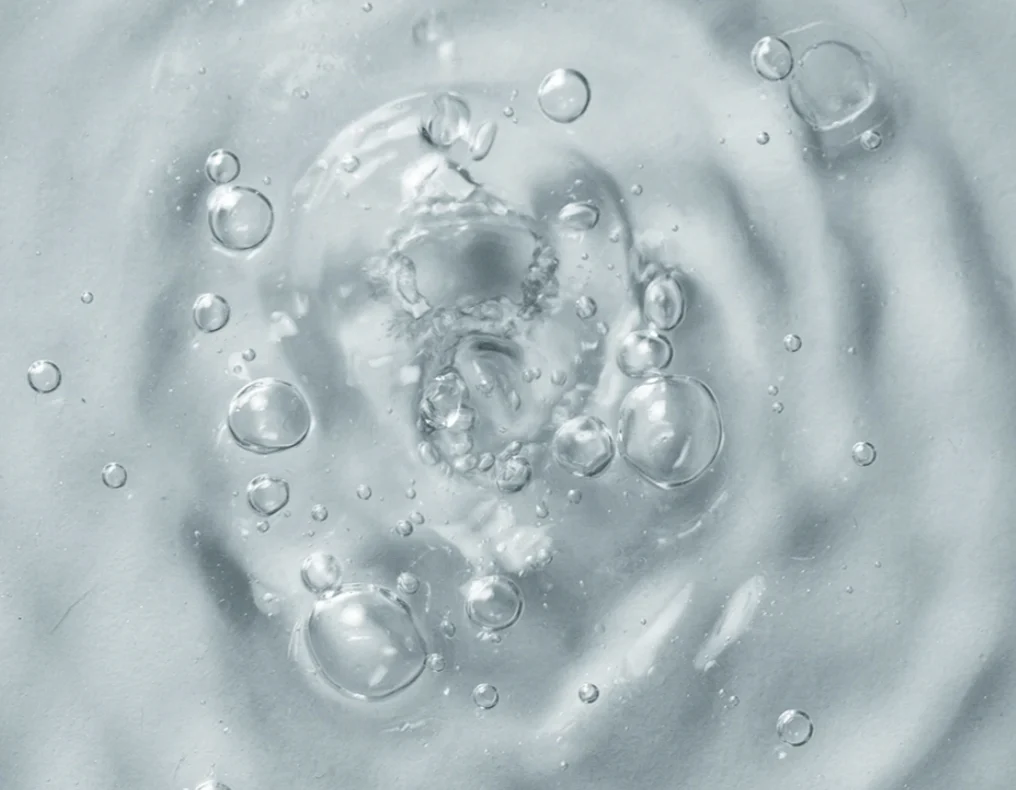
Vitamin IV Drip therapy might sound a little intimidating at first — but once you understand the multitude of health benefits they provide, you’ll wonder how you and your wellness routine ever went without them!
So, what exactly is Vitamin IV Drip therapy?
Vitamin IV Drips are an effective way to deliver nutrient filled fluid directly into your bloodstream, which allows for immediate use of nutrients and 100% absorption. Unlike traditional vitamins, Vitamin IV Drips minimize the waste and greatly decrease the time it takes for the supplement to take effect in your body. This is because orally consumed vitamins are filtered through your digestive system before ever reaching your bloodstream — allowing for only 20-30% absorption.
Depending on the Vitamin IV Drip you choose, you can expect to see improvement in areas such as:
- Immune system strength
- Decreased anxiety and stress
- Sleep aid
- Calm mood
- Increase in energy levels
- Boost in motivation
- Muscle recovery
- Detoxified skin
Making Vitamin IV Drips a component of your wellness routine is an efficient way to help fill in any gaps that were missing and have you feeling even better than the best version of yourself again.
Learn more about the Vitamin IV Drips we offer at Lume and how they can best support your overall health here.
